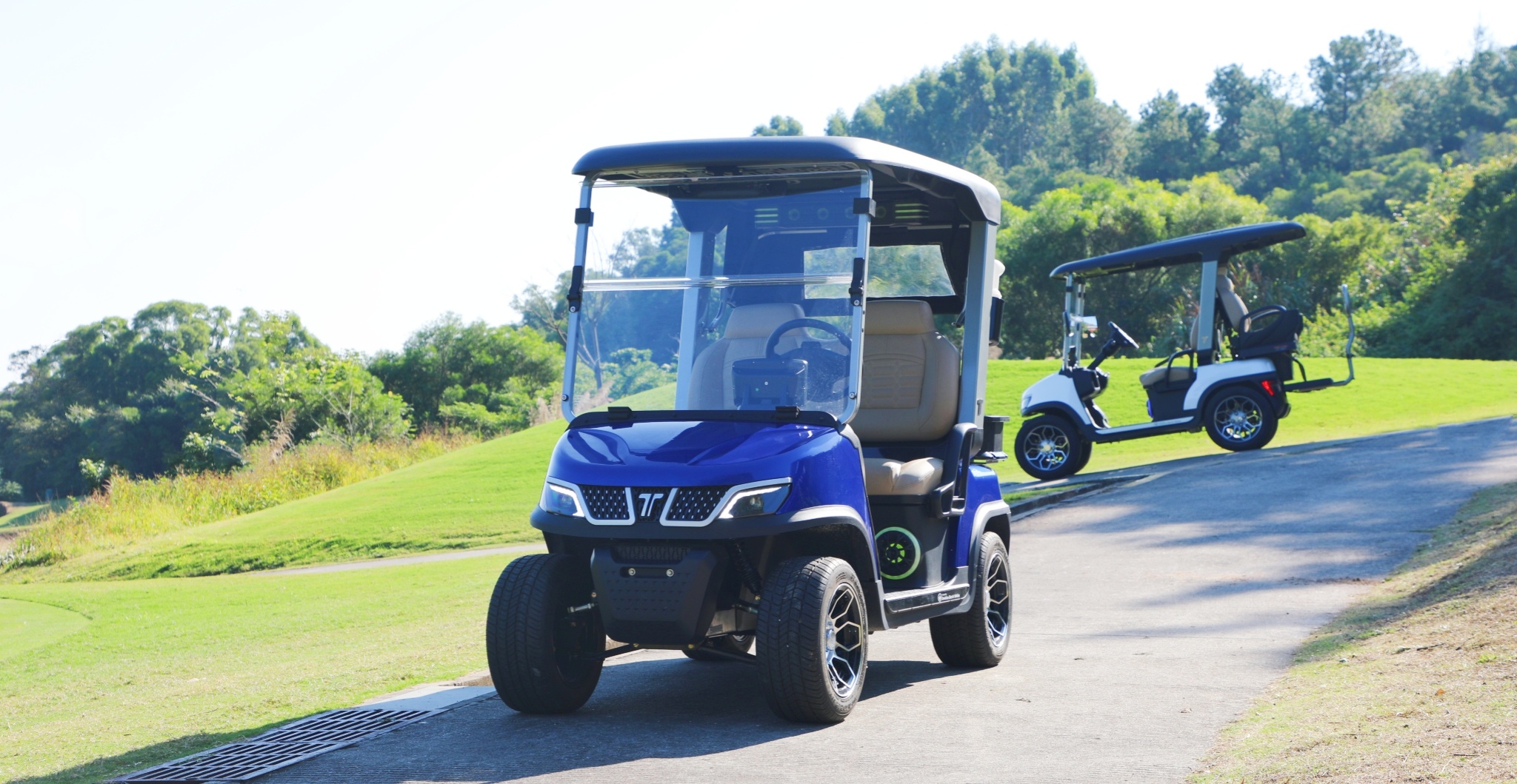Golf carts are compact, versatile vehicles used in golf courses and beyond. But what are they really called, and are they all electric today? Let’s find out.
What Is a Golf Cart Called?
The term golf cart is widely accepted in the United States, describing a small vehicle designed to carry golfers and their equipment around a golf course. However, in other English-speaking regions, different names may apply.
In the UK and parts of Europe, a golf buggy is the common alternative. Both terms refer to the same function, but buggy may also imply a smaller or less powerful version. Technically, golf car is the official designation by organizations like ANSI (American National Standards Institute), emphasizing that these are self-propelled vehicles and not passive “carts.”
On Tara Golf Cart’s website, the term golf cart is consistently used across all product listings, such as the Tara Spirit Plus, aligning with industry conventions.
Is It a Golf Kart or a Golf Cart?
This is a common question, especially among new buyers or non-native English speakers. The correct spelling is “golf cart” — cart as in a small vehicle used to transport loads or people. The confusion with “kart” likely stems from go-karts, which are open-wheel racing vehicles.
A golf kart is technically incorrect, though it may occasionally appear in informal contexts. If you’re shopping for reliable golf transport, stick to the term golf cart to avoid confusion in online searches or product catalogs.
Are Golf Carts Always Electric?
Not all golf carts are electric, but electric models are now the dominant trend — especially in environments that value quiet operation, low emissions, and minimal maintenance.
Electric golf carts are powered by batteries, typically lead-acid or lithium-based. Lithium options — such as those offered by Tara Golf Cart — are increasingly popular for their lighter weight, longer lifespan, and faster charging.
Gas-powered carts still exist and are preferred in some rugged or commercial environments where extended range is needed. However, electric carts, like the Explorer 2+2, are more suitable for golf courses, resorts, campuses, and gated communities.
Where Are Golf Carts Used Today?
Originally designed for golf courses, modern golf carts now serve a much broader purpose. Here are some common settings:
-
Resorts and hotels – for transporting guests and luggage
-
Airports and campuses – for shuttle services and maintenance teams
-
Gated communities – as low-speed, eco-friendly personal transport
-
Farms and estates – for utility and field work
Tara’s utility models are especially popular in commercial and outdoor environments where cargo or tools need to be transported efficiently.
How Fast Do Golf Carts Go?
Standard electric golf carts travel at speeds between 12 to 15 mph (19–24 km/h). However, some upgraded or modified carts can reach speeds of 20+ mph. Low-speed vehicle (LSV)-certified models may be street-legal in areas where speed limits permit, usually up to 25 mph (40 km/h).
Golf carts like Tara’s Spirit Pro offer both reliability and comfort at practical driving speeds, ideal for fleet use or individual ownership.
Conclusion: More Than Just a Golf Cart
The humble golf cart has evolved into a powerful category of personal and commercial transportation. Whether you call it a golf buggy, golf car, or golf cart, understanding the differences in terminology and technology helps make a smarter purchase.
Electric models are the clear future of the industry, and brands like Tara are leading that shift with sustainable, lithium-powered designs tailored for both traditional and modern applications.
For more insights or to explore models designed for your specific needs, visit Tara Golf Cart’s homepage and browse the latest product lines.
Post time: Jul-04-2025







